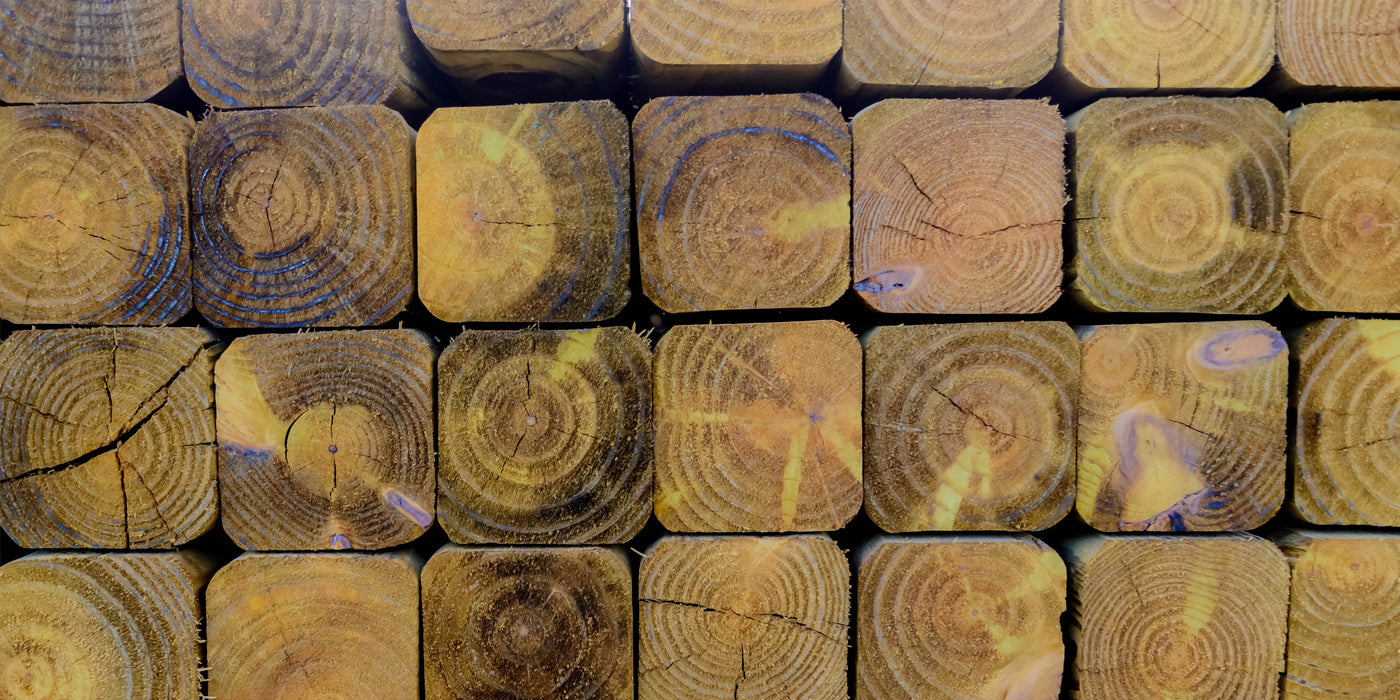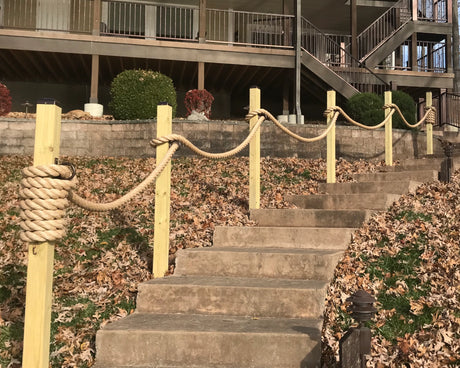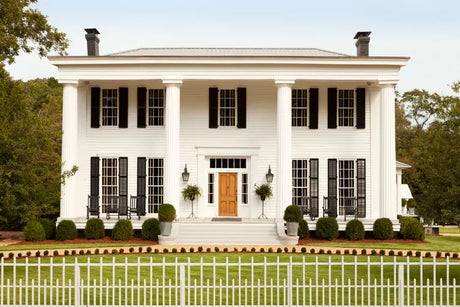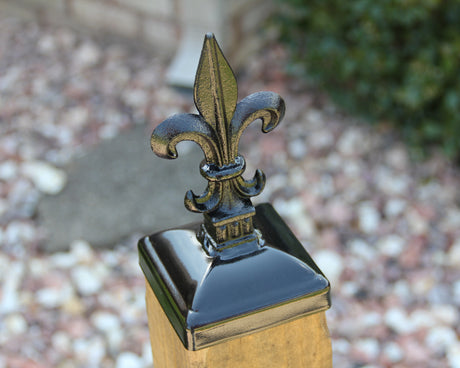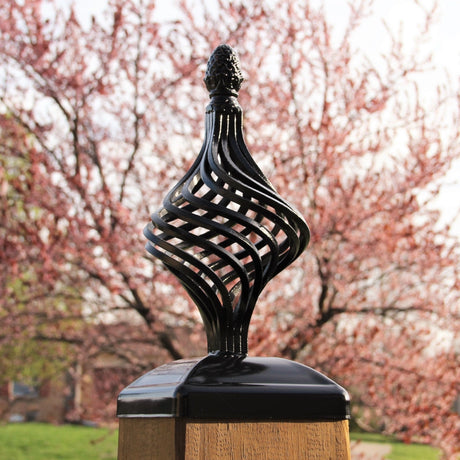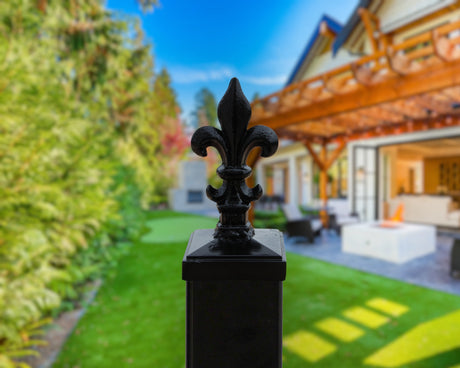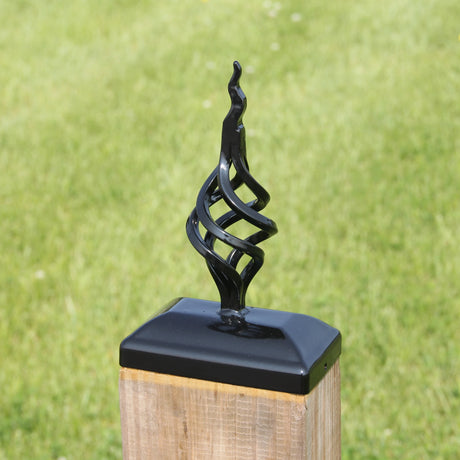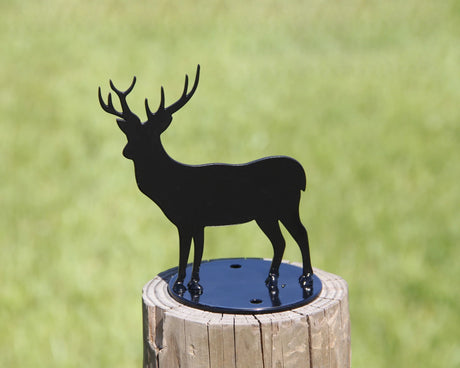
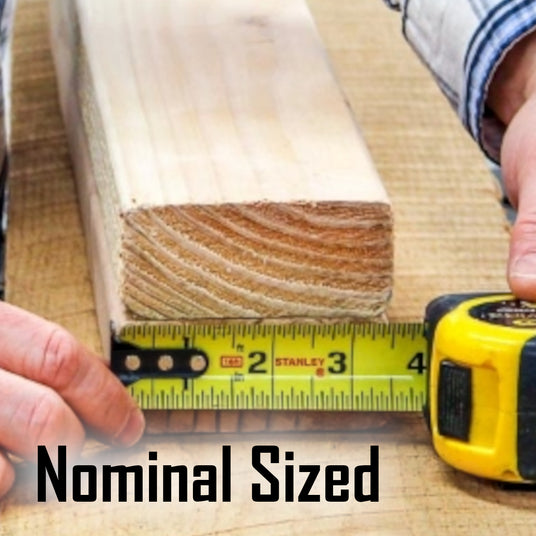
Nominal Wood
Let's start with nominal wood posts. Do you ever wonder why, when you go to a hardware store to pick out a 4x4 or a 6x6 and you get home and measure it, the numbers don’t add up? The simple or not so simple answer is it reflects the “Nominal” measurement. So, what does that mean? Well at one time that piece of wood you purchased was cut to the specific size on its label by the lumberyard, but then it was dried, and a certain amount milled off (planned) and smoothed on all sides before it was ready to be sold to you. When you purchase nominal wood, its actual size is typically a ½ inch smaller than what it's labeled due to the finishing process. Meaning that nominal 4x4 post you purchased is actually 3-½ x 3-½. If you want to know the history behind why the numbers don’t add up, you can look up the “Bureau of Standards in the wood-usingindustry”. The industry standards for lumber were first implemented after World War 1 and last updated in 1964. Follow the link to that original manual for those who desire to dig deeper, there is some interesting history.
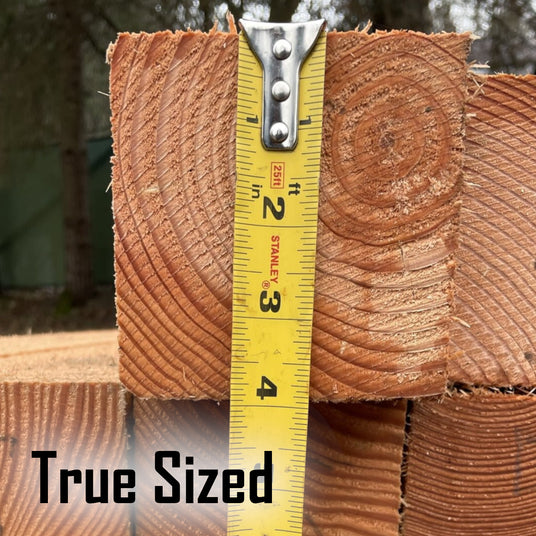
True or Actual Size Wood (Rough Cut and Hardwoods)
Rough Cut wood is often made from hardwood species, but not always. For instance, cedar, is a softwood and is often roughcut. Rough cut is when lumber has been cut to a specific size but has not been smoothed out during the milling process, and therefore has a rough surface with saw marks. Rough Cut Wood may dry up or shrink a little after it has been cut, anywhere from 1/8” to 1/4” smaller, but because it hasn’t been planned to smooth out the rough spots, it is typically closer to an actual or true size post. So, if you are using rough cut wood posts make sure you measure to make sure the post cap you order will fit your post.
Hardwood can sometimes be a mystery in regard to the size you will end up with to the average non-builder, because it is generally not sold in standard dimensions. Instead, it is sold by the board foot. Hardwood lumber is also not always finished (surfaced) on all sides. So, a board that is only surfaced on one side is going to be larger than a board surfaced on two sides. In addition, where you purchase (big box store, lumberyard or sawmill) matters as the quality of wood and size can vary widely. So just like when using rough cut wood post, make sure you measure to make sure the post cap you order will fit your post.

Pressure Treated Wood
The industry standard for pine pressure treated 4x4 post is 3-1/2” x 3-1/2”. Pressure treated posts are chemically treated to withstand rotting and insect attacks that happen by leaving wood open to the elements. However, they are not treated to withstand water penetration that happens with the changing seasons. Rain may cause them to swell and freezing temperatures may cause moisture in the wood to expand, crack and sometimes warp the wood. If you are picking up your post from a lumberyard, they may have stored their pressure treated wood outside (to preserve space for non-pressure treated wood) which means they might have moisture in them when you purchase them, causing them to be slightly over 3-1/2”. With a few dry sunny warm days, most will dry out and shrink back up. This is not always guaranteed as with any contracting or swelling it can leave the wood permanently warped. So, some slight sanding may be needed for our nominal post caps to fit.
Additional Questions
My other Post caps fit but yours do not, why don’t you make them larger to fit even if the posts swell?
My other Post caps fit but yours do not, why don’t you make them larger to fit even if the posts swell?
There is a reason we choose to have our post caps fit tight. Remember wood swells and contracts, this leads to post splitting/cracking over time and a quicker deterioration of your wood post. For the same reason railroad companies put mending plates on their railroad ties to slow deterioration we make our post caps fit tight to prevent water penetration along the top open grain. Our post caps bind your post like a girdle and help protect the post from the elements and slows the deterioration that occurs over prolonged exposure. Our heavy-duty steel post caps hold up longer than other materials such as wood or plastic that may crack or become more easily damaged. Our post caps are better equipped to withstand the elements, leading to a longer post life.
Your post caps have a radius on the inside, but my wood does not.
Your post caps have a radius on the inside, but my wood does not.
Rounded edges use to be an industry standard, and there is some notation of it in the “Bureaue of standards for the wood industry” in relation to rounded edges being done for pressure testing reasons. Our caps do have a radius on the inside, so if your wood does not come with the corners rounded you may need to knock them down so the post cap fits. This can be done with a knife, chisel, or sander. Many contractors say they smack the corners with a hammer to slightly round the tops to get them to fit. There is no way for us to put any sharper of a radius to avoid this as it is a punched part and needs that radius for the process. Not having straight caps, come with secondary benefits such as preventing wood splinters, our post caps do not leave a pointed edge that you can accidentally injure yourself on.

